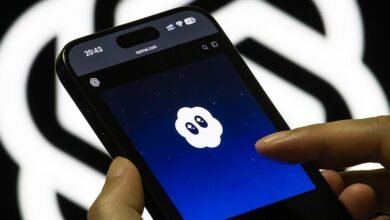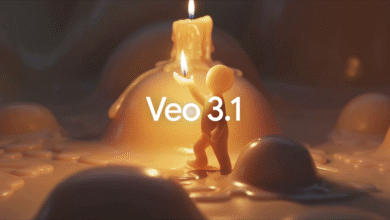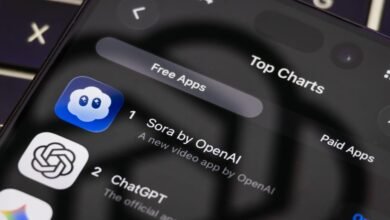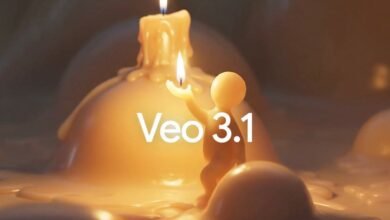Legal Scholar: The Hidden Risks of AI Video Tools Like Sora 2
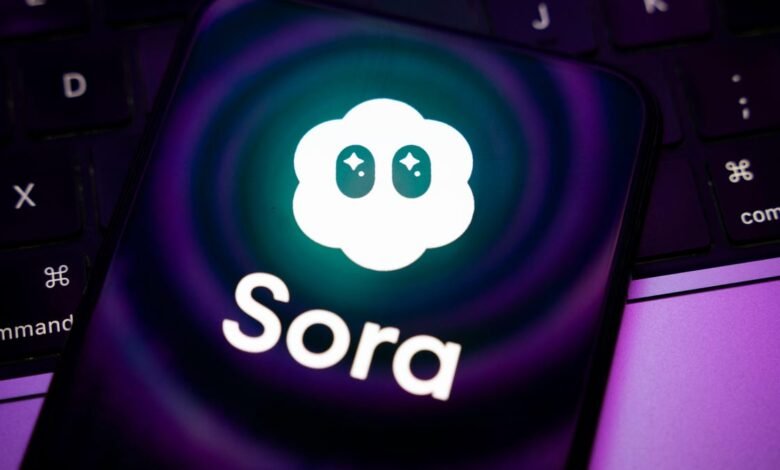
▼ Summary
– AI video tools like Sora 2 raise significant legal and ownership risks, including copyright infringement and unauthorized use of likenesses.
– OpenAI faces criticism for how Sora 2 handles intellectual property, with rights holders demanding more control and enforcement against misuse.
– Generative AI video technology could democratize creativity by enabling easy content creation but threatens traditional creative professions and skills.
– The proliferation of AI-generated deepfakes challenges society’s ability to distinguish reality, raising concerns about misinformation and emotional harm.
– Legal experts emphasize that users bear responsibility for AI-generated content, while current copyright law may not fully protect AI-created works.
The rapid emergence of AI video generation platforms like Sora 2 is sparking intense debate about intellectual property, creative expression, and the very nature of authenticity. These tools empower users to produce strikingly realistic video content from simple text prompts, but they also introduce significant legal uncertainties and ethical dilemmas that society is only beginning to confront.
Human nature ensures that any powerful new technology will be used in unexpected ways. Shortly after Sora 2’s release, the internet saw a flood of bizarre and often inappropriate content, from SpongeBob engaged in illicit activities to Ronald McDonald being chased by Batman. This initial wave of absurdity was quickly followed by more concerning applications, including the unauthorized use of celebrity likenesses for fabricated endorsements.
To demonstrate the technology’s capability, a video was created featuring OpenAI CEO Sam Altman seemingly praising a specific news outlet. The process was straightforward: a text prompt was entered, and within minutes, a convincing video was generated showing Altman with bright blue hair and a green t-shirt delivering the scripted message. This example was produced purely for editorial purposes to illustrate how easily such media can be fabricated.
Three critical areas of concern dominate the discussion around Sora 2: unresolved legal and copyright issues, the tool’s profound impact on creative industries, and the growing difficulty in distinguishing authentic media from AI-generated deepfakes.
On the legal front, the initial launch of Sora 2 occurred with minimal restrictions, leading to a surge of videos that appropriated copyrighted characters and celebrity images. The Motion Picture Association issued a strong statement, asserting that OpenAI holds the responsibility to prevent infringement on its platform, not the rights holders. While OpenAI has since implemented some guardrails, blocking prompts for known characters like Darth Vader, legal experts suggest the company could face a wave of litigation. The legal doctrine is crystallizing around the principle that human users, not the AI systems, bear liability for any infringing content they generate.
The effect on creativity is equally complex. AI video tools democratize the ability to create, allowing individuals without formal training to produce visually compelling work. However, this threatens the livelihoods of professionals who have spent years honing their skills. The U.S. Copyright Office maintains that only human-created works can be copyrighted, raising fundamental questions about where the line is drawn between a human artist using a tool and the tool generating the art itself. Some industry veterans see this as the inevitable takeover of creative fields by automation, while others envision a new, collaborative creative economy where inspiration is transparently tracked and compensated.
Perhaps the most unsettling challenge is the erosion of shared reality. Deepfake technology is not new, history is filled with doctored photographs used for propaganda, but AI video makes fabrication faster, easier, and more convincing. The pain is felt acutely by families of deceased celebrities who encounter disturbing AI-generated videos of their loved ones. While companies are embedding watermarks and provenance data, determined bad actors can often bypass these measures. This forces everyone to become more critical media consumers, relying on their own judgment to identify potential fabrications.
Looking ahead, the central tension lies between unfettered creation and the protection of existing intellectual property. The technology is here to stay, and the focus must shift to managing its impact responsibly. As one legal expert noted, the genie is out of the bottle; the challenge now is learning how to control it. OpenAI’s official stance is that its tools are designed to support and augment human creativity, not replace it. The ongoing conversation will determine whether this promise is fulfilled or if the risks ultimately overshadow the benefits.
(Source: ZDNET)

